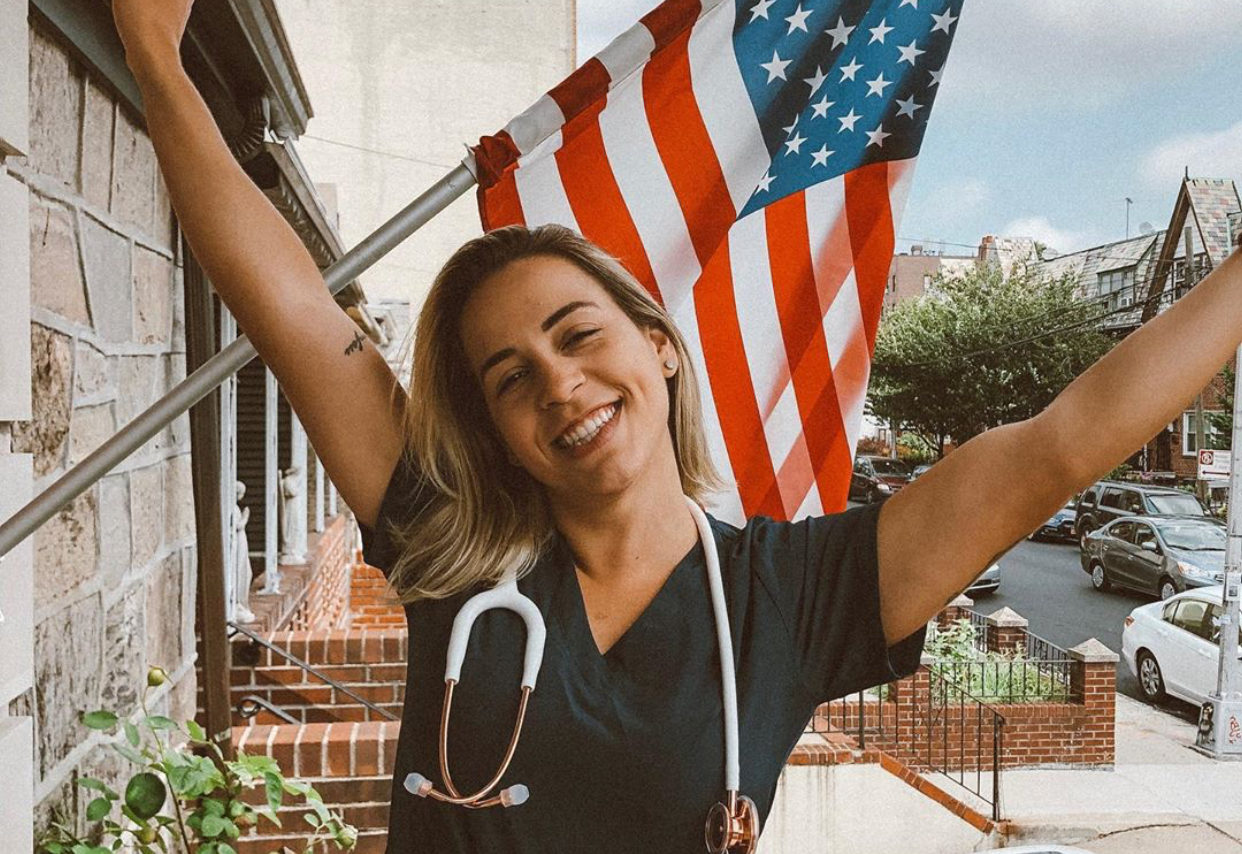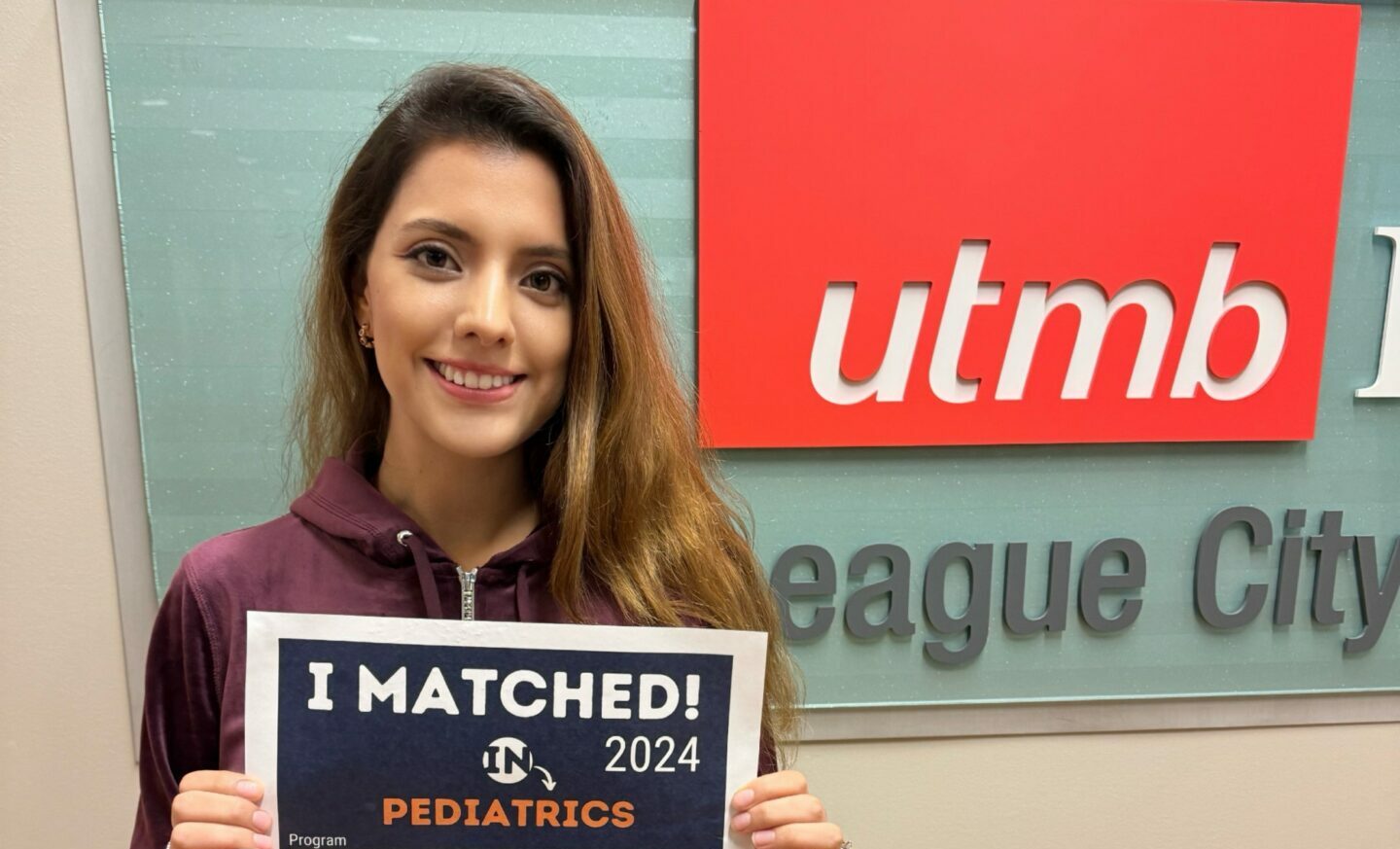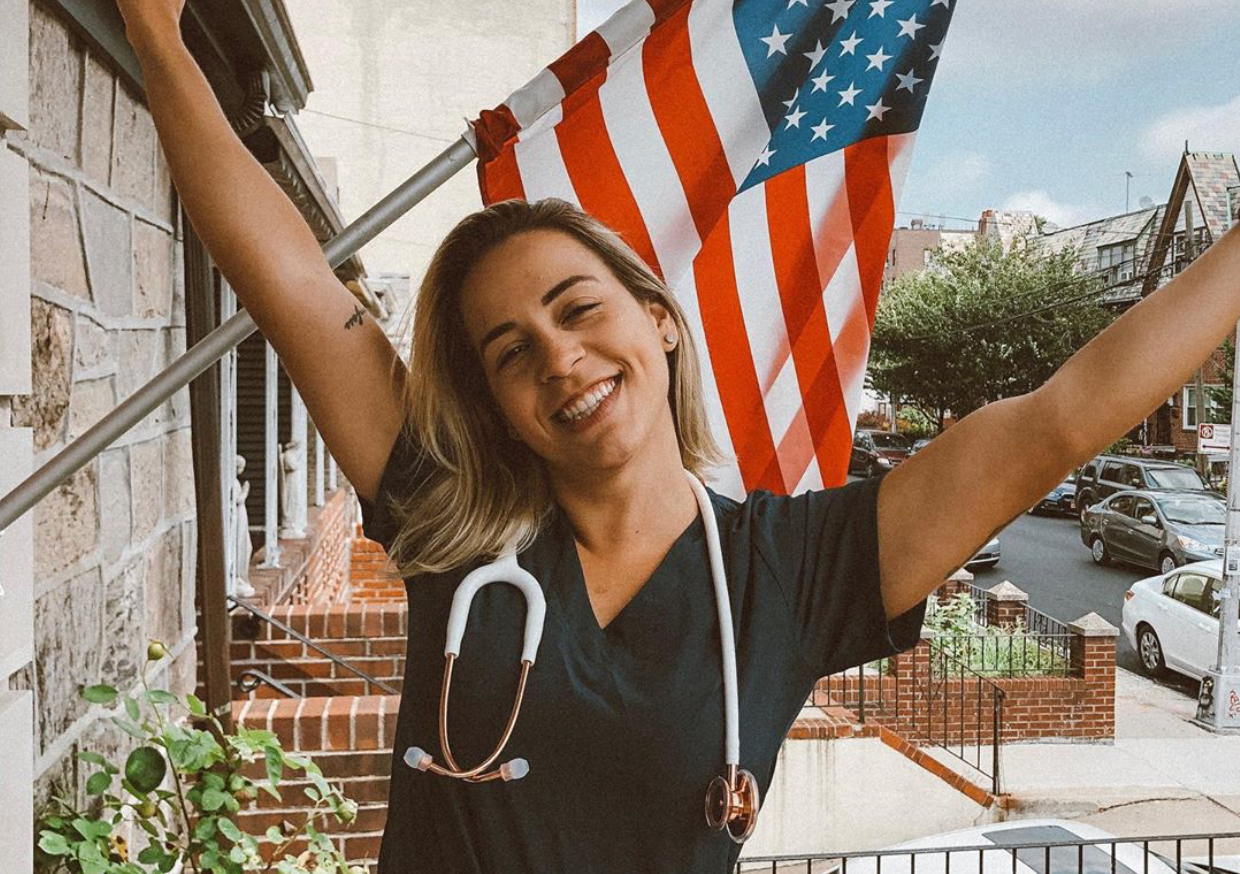Like all stages of medical education, residency is a commitment. During this stage, medical trainees perfect their clinical skills and knowledge in the most effective way—real-world training. New residents begin by assisting practicing physicians and, over the course of their 3-7 year program, they will begin to do more. They’ll experience changes in titles, have greater patient-contact, and play larger roles in case management.
In short, residency can be both exciting and validating. It’s a period where skills are refined, and confidence is gained. If you’re a medical student or graduate and planning to pursue a U.S. medical residency in the future, here’s what you can expect when you get there.
You’ll Make a Decent Income
Unlike medical students who must pay tuition, medical residents earn a salary. Although the compensation for medical residents varies across programs and specialties, residents can expect a salary increase for each year of residency they complete. On average, first-year medical students earn around $55,000 a year. Final year medical residents make around $65,000.
The highest paying specialties for medical residents in 2020 were allergy & immunology, hematology, plastic surgery, and rheumatology. The lowest paying specialties included internal medicine, family medicine, and emergency medicine.
Despite making almost double the median income within the U.S., which is around $31,000 a year, 30% of medical residents feel they should be paid more for the hours they work.
You’ll Receive Benefits
Like other professionals, medical residents can get benefits from their employers. Common benefits include health, vision, and dental insurance, paid time off, life insurance, and retirement plans. Unlike other jobs, medical residents may get meal stipends or allowances for housing.
You’ll Work Long Hours
Yes, limits have been put on how many hours medical residents can work in a shingle shift and week, but resident hours are still much longer than that of a 9-5 job. While the average American works roughly 35 hours weekly, medical residents can work up to 80 hours a week. For some residents, working more than 20 hours in a single shift is common. While this means fewer days working, it can lead affect sleep patterns and lead to exhaustion. Because of the impact long hours can have on one’s health and mental state, first-year residents, also called interns, can work no more than 16 hours in a single shift. Experienced senior residents can work up to 28 hours.
Before the Accreditation Council of Graduate Medical Education imposed this limit in 2003, medical residents worked around 100 hours a week and often experienced burnout. Actual working hours can vary greatly from specialty to specialty, with some medical residents working just 45 hours a week.
Your Responsibilities Will Differ
Medical residents are in the unique position of being both students and professionals. Because of this, they will often work in tandem with other healthcare providers. Early year medical residents are supervised by attending physicians and senior residents. They make take medical histories, perform physical exams, and order tests. Medical residents who have been in their program for longer durations may assist in case management or surgical procedures.
Outside of providing patient care, residents participate in educational activities, often attending lectures and conferences. Residents will also go on teaching rounds and visit clinics or private practices to diversify the locations in which they provide care.
See what residency is really like during a clinical experience with AMO.






